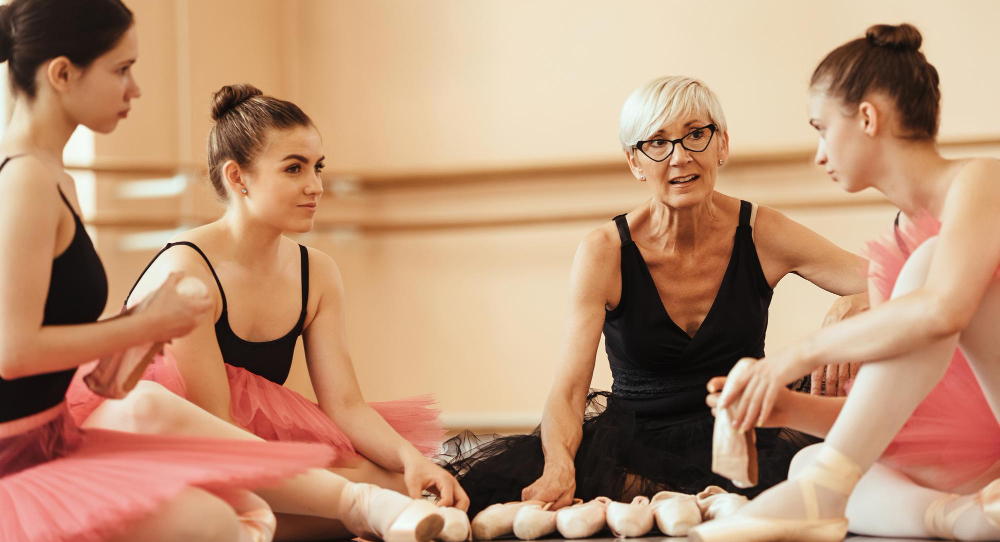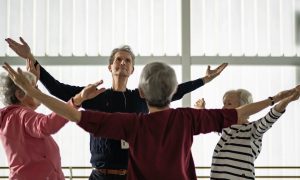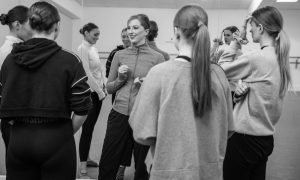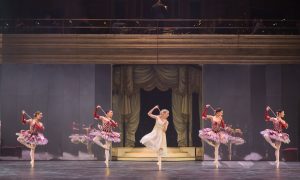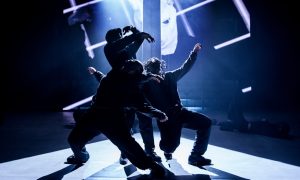Recent allegations of abuse within the dance industry in Australia have sent shockwaves through the community, highlighting the urgent need for robust safeguarding measures. In January 2025, reports emerged of a high-profile dance teacher in Sydney allegedly grooming underage students, supplying them with drugs and alcohol, and engaging in inappropriate communications.
This is not an isolated issue. Similar cases have occurred worldwide, including in the UK, where former English National Ballet principal Yat-Sen Chang was convicted in 2021 of sexually assaulting young female students. The judge noted that Chang, a world-renowned dancer, took advantage of his ‘fame and position of trust’ to manipulate his victims. A similar case emerged in the United States with Dusty Button, a high-profile influencer and former Boston Ballet dancer, who faced multiple allegations of sexual misconduct; with no verdict currently reached.
In the dance world, where reputation and connections are everything, it can be difficult to speak out against high-profile figures without fear of damaging one’s career. This raises important questions about accountability and highlights the need for greater transparency and responsibility, particularly for those in influential positions. If anything, the power dynamics and influence held by high-profile figures in the dance world demand even higher standards of safeguarding and scrutiny.
Why dancers are vulnerable to abuse
Unlike mainstream schools, dance programmes often operate without the same level of scrutiny or regulatory oversight, making it easier for inappropriate behaviour to go unchecked. Dance training requires a high level of trust between teacher and student, often developed over many years resulting in strong bonds. Equally, in other contexts, such as dance influencers running one-off workshops, immediate trust is expected in shorter-term interactions. Regardless of duration, clear boundaries are essential. These environments, combined with the hierarchical nature of dance education, can create power imbalances that leave students vulnerable to exploitation.
Safeguarding in dance education
To protect students, it is essential for comprehensive safeguarding schemes to be implemented. This is not only true for dance studios, but also freelance teachers, dance influencers running workshops, teachers running associate schemes, and all other contexts where children learn dance. This involves more than just having a policy document in place – it requires creating a culture of safety where adults demonstrate safe and clear boundaries, and students feel empowered to speak up without fear of retaliation.
In the UK, organisations such as the Royal Academy of Dance (RAD), Imperial Society of Teachers of Dancing (ISTD), and the Dance School Safeguarding Working Group (DSSWG) provide guidelines to help studio owners establish best practices. These include:
1. Clear Communication Boundaries: Teachers should avoid using personal social media accounts to communicate with students. All messaging should be conducted through official channels, such as studio email or dedicated communication platforms, to ensure transparency. The RAD explicitly prohibits personal messaging between staff and students, which raises an important question: if we would find it inappropriate for school teachers to text or DM their students, why do we accept it as normal in dance? This highlights the need for consistent professional boundaries across all educational contexts.
2. Safe Recruitment Practices: Ensuring that all staff and volunteers undergo enhanced Disclosure and Barring Service (DBS) checks is crucial. If a teacher is governing themselves, for example by offering one-off workshops or running associate schemes, they should publish their DBS certificate for parents to see, alongside other safeguarding policies. This transparency helps parents make informed decisions about their child’s safety.
3. Regular Safeguarding Training: Continuous professional development is essential to keep staff updated on safeguarding practices. Training should include recognising signs of abuse, handling disclosures, understanding consent, and maintaining appropriate professional boundaries.
4. Transparent Reporting Procedures: Students and parents should be aware of how to report concerns. Any programme should have a designated safeguarding lead who is trained to handle sensitive disclosures.
Being an excellent teacher in 2025 is not just about delivering high-quality dance training, but also about ensuring robust safeguarding measures are in place and clearly communicating these to students and parents. By implementing transparent policies and fostering a culture of safety, we can create positive environments where students can thrive artistically and personally without fear of exploitation or abuse.
For parents, keeping their children safe is of course a top priority, including within dance settings. If a teacher or programme is truly committed to safeguarding, they will welcome questions about their policies and procedures, rather than becoming defensive or seeing you as a nuisance. Don’t be afraid to ask about DBS checks, safeguarding leads, and reporting procedures. It is easy to become dazzled by the perceived opportunities or prestige a teacher or programme may offer, but it is often in these situations where vulnerabilities are greatest, as high-profile teachers are less likely to be questioned. By asking the right questions, parents are advocating for their child’s safety and helping to raise safeguarding standards across the industry.
By Anna Morgan of Dance Informa.


